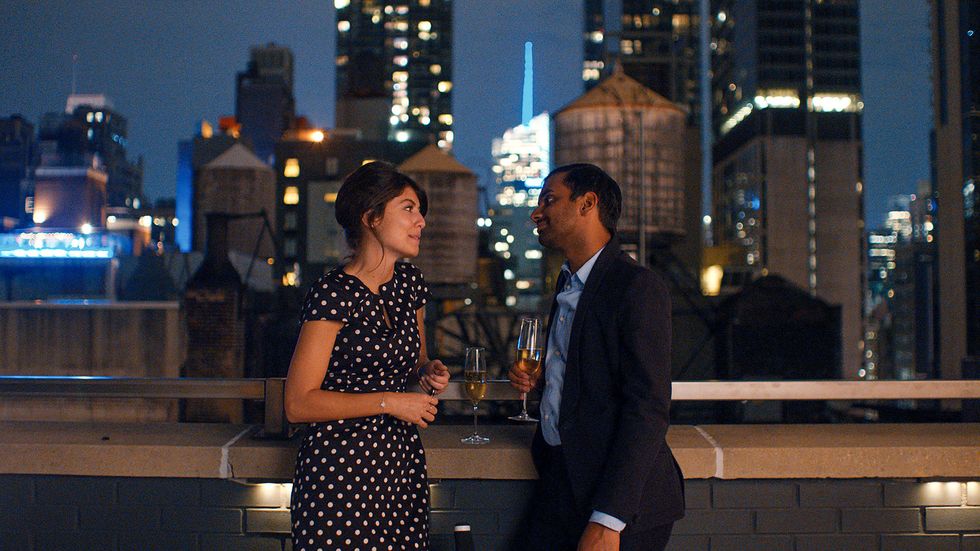I’m sure you’ve seen Master of None. If not, you should absolutely watch it. It’s a Netflix original show written, directed, and starring Aziz Ansari as he tells a tale of a young actor living in New York City; a story that’s loosely based on Ansari’s actual life. If this description sounds like every other somewhat serious comedy you’ve ever seen then you’re right. Sitcoms thrive on their relatability to the audience by touching on subjects like love and trying to succeed in your passion, and in this sense, Master of None is no different. But the show sets itself apart in the way in which it presents these matters: in the writing, tone, and cinematography.
Master of None touches on a lot of the same subjects that most shows talk about, but situations unfold in such an elegant manner. For example: one of the most important rules in film is to show the audience, not tell them. What this means is that instead of having a character yell “We have to get off this ship! It’s going to explode!”, the director should work in some accumulation of images that the audience can piece together the final result. To keep it simple for this example, we’ll say that the director should show a pile of TNT and a fuse that is lit from one end. In most cases, the director would strive to depict the situation in a less ham-fisted way, but you get the point. Master of None delicately walks the line between showing the audience and telling them outright, and it does so beautifully. The show has characters talk openly about real and relevant social issues that most other TV programs would have a hard time approaching. At the same time, thoughts and emotions from the characters are well hidden when the director wants them to be, and clear when they need to be.
Netflix gives its show’s creators the ability to be open with the plan of each episode. This ability is unique to online distributors such as Netflix, Amazon Prime, and so on. This means that among the episodes of the series that follow the main arc of the story for that season, there are several other episodes that are almost entirely unrelated to the rest of the show. These episodes are sprinkled in at random and provide some of the most powerful and interesting stories of the whole series, often giving the viewer an entirely different perspective on the characters on screen.
For those of you who have already watched Master of None, watch it again. Keep an eye out for the nuances in storytelling. One of my favorite trademarks of the show is the long take in almost every episode. The shot gives the actors a chance to show us their talent as the show goes on without a cut for more than a minute. For a show that’s only 22 minutes long, it clearly shows the director’s priorities of storytelling, cinematography, and acting.
Although a third season is in doubt, you would be doing yourself a disservice by not watching the two seasons that are currently available for this excellent show.
















